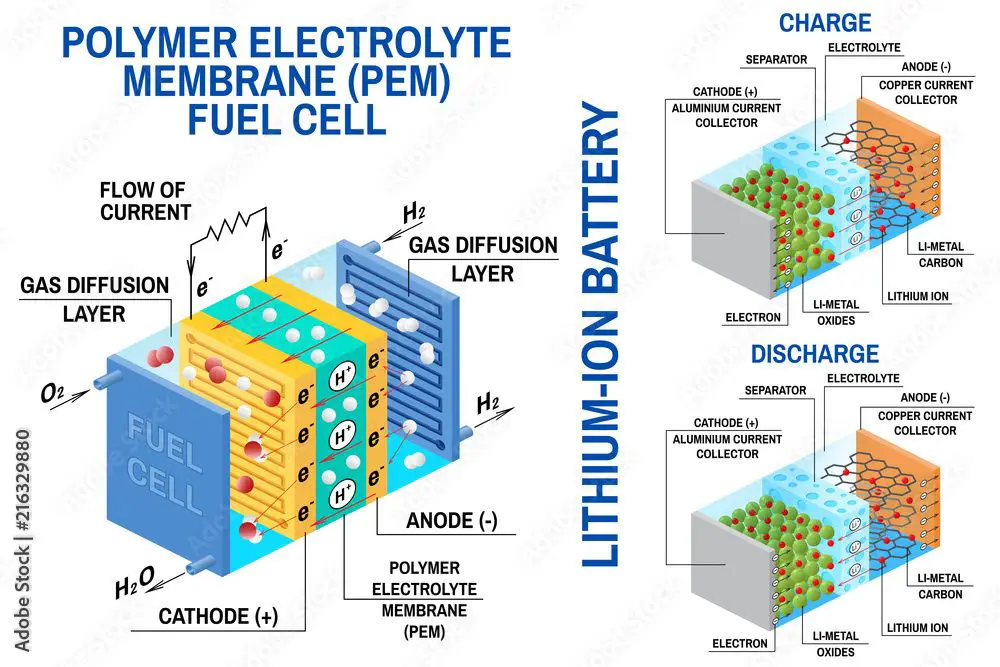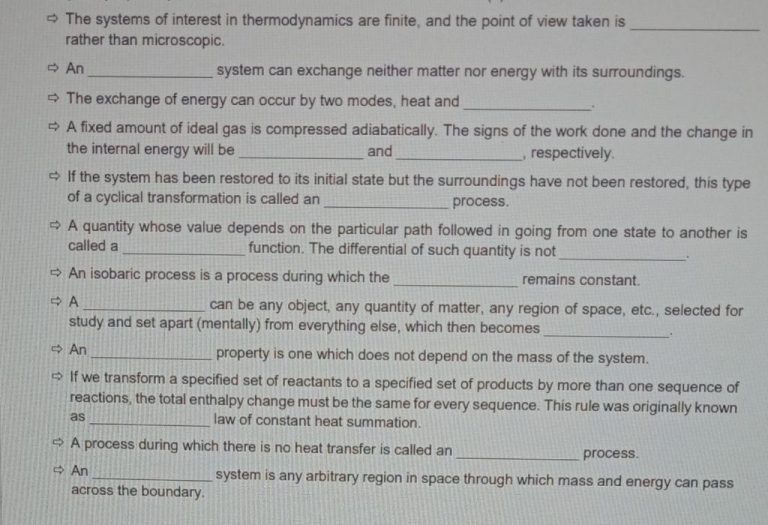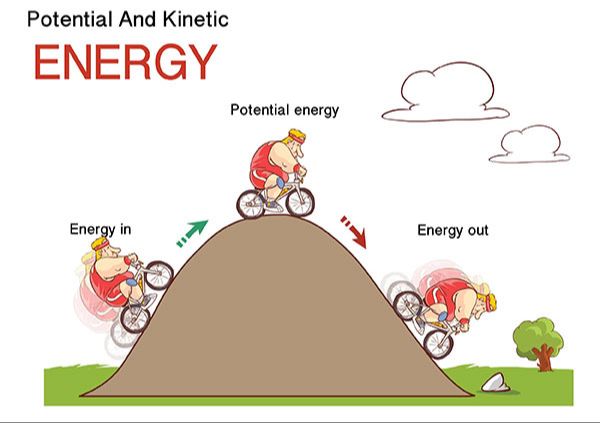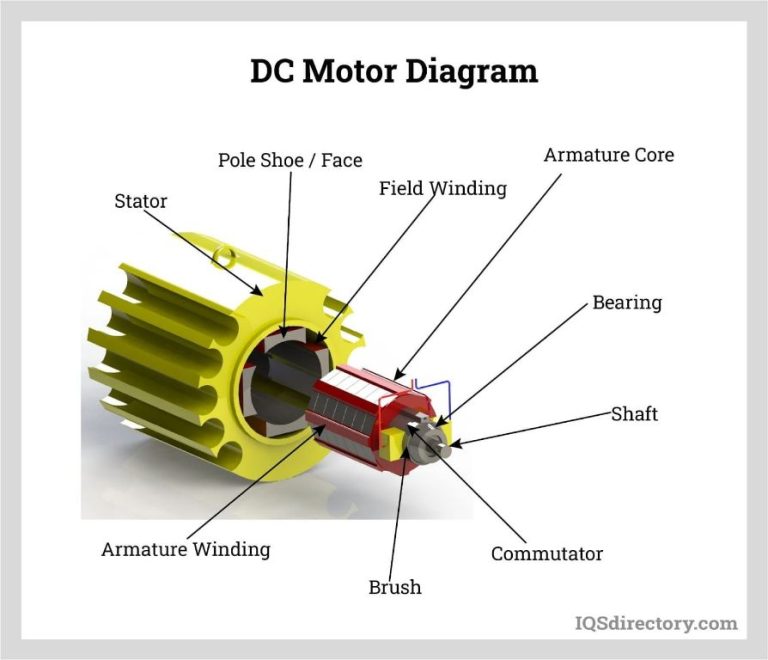Is A Cell Phone An Example Of Electrical Energy?
What is Electrical Energy?
Electrical energy is the energy derived from electric charges or the flow of electrons. It is a form of energy that can be carried by wires and is used to power devices and appliances. Some common examples of electrical energy include batteries, power outlets, and lightning.
Electricity is generated at power plants by methods such as burning fossil fuels, nuclear fission, or renewable sources like wind, solar, and hydro power. The electrical energy is then distributed through power lines and transformers to homes, businesses, and other facilities.
Electrical energy results from the motion of electrons, which are tiny particles found in atoms. Electrons can flow through conductive materials like metals and produce electrical current. This current can then be harnessed and converted into useful forms of energy to power electronics and appliances.
Batteries are a common example of stored electrical energy. Chemical reactions within the batteries allow electrons to flow and build up charge. This charge can then be released as electrical energy to power devices. Power outlets are another example, providing access to the electrical grid’s flow of electrons for powering electronics. Lightning is also electrical discharge resulting from built up static electricity between storm clouds or clouds and the ground.
How Cell Phones Work
Cell phones are sophisticated electronic devices that contain multiple key components that work together to enable wireless communication. The main components of a cell phone include:
-
Battery – Provides power to operate the phone. Rechargeable lithium-ion batteries are most commonly used.
-
Display – The screen that displays apps, photos, videos, messages, etc. Modern cell phones use LCD (liquid crystal display) or OLED (organic light emitting diode) displays.
-
Processor – The central processing unit (CPU) that runs the phone’s operating system and apps.
-
Cellular antenna – Receives and sends signals for cellular communication using technologies like 4G LTE.
-
SIM card – Stores user data like contacts and identifies the phone number.
-
Speakers and microphone – For phone calls and other audio.
-
Camera – Modern cell phones include front and rear digital cameras.
These components work together to make a functional mobile phone. The battery provides power to the processor, display, antenna and other components. The processor runs the software and apps. The antenna and cellular modem enable communication over the mobile network. The speakers, microphone and display facilitate phone calls. The camera enables taking photos and videos.
Cell Phone Batteries
Cell phone batteries are rechargeable batteries that store chemical energy and convert it into electrical energy to power the phone. The most common type of battery found in cell phones is the lithium-ion battery.
Lithium-ion batteries contain positively charged lithium ions that move between the anode and cathode. The anode is made of carbon, while the cathode is a lithium compound like cobalt oxide. The electrolyte allows the lithium ions to move freely between the electrodes.
When the battery is charging, an external electrical current forces the lithium ions to move from the cathode to the anode through the electrolyte. This stores energy in the battery as chemical potential energy.
When the battery is discharging to power the phone, the lithium ions naturally move from the anode back to the cathode, producing an electrical current. The chemical energy stored in the battery is converted into electrical energy.

The movement of the lithium ions back and forth during charging and discharging cycles is how a lithium-ion battery converts between chemical and electrical energy to power a cell phone.
Cell Phone Circuits
Cell phones contain complex electronic circuits that allow them to make and receive calls, send texts, access the internet, play music, take photos, run apps, and more. These circuits are powered by the electrical energy in the phone’s battery. Some of the key circuits and components include:
– The processor, often referred to as the chip, handles computations needed to run software and apps. High-end smartphones have multi-core processors that operate at speeds over 2 GHz. The processor requires electrical energy to execute instructions.
– Cellular modems enable connection to cellular networks for calls, texts, and data. They contain radio frequency (RF) transmitters and receivers powered by electricity.
– Power management circuits efficiently distribute electrical energy from the battery to components. This includes voltage regulation, preventing power surges, and charging management.
– Memory chips store data like contacts, photos, and files. Dynamic random access memory (DRAM) and flash storage are common. Keeping data requires a continuous electrical charge.
– The display contains a backlight system and pixel electronics allowing it to show images and video. Complex drivers and controllers distribute electrical signals to activate pixels.
– Image processors convert data from the camera sensor into digital photographs. This involves significant digital signal processing.
– Volume, vibrate, and other actuators rely on electrical signals to produce physical effects like sound and vibration.
In summary, the many integrated circuits and components within a cell phone require electrical energy from the battery to perform their roles. The phone simply wouldn’t function without this electricity powering its inner circuitry.
Charging Cell Phones
When you plug in your cell phone to charge it, you are transferring electrical energy from an outlet to the phone’s battery. The wall outlet provides 120V AC (alternating current) electricity. The phone’s charger converts that high-voltage AC power to around 5V DC (direct current) that can safely charge the phone’s lithium-ion battery.
Inside the charger, there is a transformer that steps down the 120V AC to a lower voltage, along with a rectifier that converts the power to DC. The resulting DC electricity is fed into the phone’s battery, providing the electrical energy that slowly recharges it. So in essence, the wall outlet’s electrical energy is converted and transferred into chemical energy stored in the battery. This allows the battery to then provide electricity to power the phone when unplugged.
Using Cell Phones
When using a cell phone, electrical energy is utilized in several ways to power the phone and transmit data. The most obvious use is to send and receive phone calls and text messages by connecting to cell towers. Cell towers have antennas that emit radiofrequency signals, which are a form of electromagnetic energy. Cell phones have antennas specifically designed to receive these signals. The phone’s antenna picks up the cell tower’s signal, which carries the voice or data transmission, and converts it into electrical signals to be processed by the phone’s circuits. This allows the incoming and outgoing calls and messages to be transmitted wirelessly using electrical energy.
Cell phones also utilize WiFi and Bluetooth to connect to the internet and other devices. These wireless technologies also rely on transmitting data via electromagnetic signals. The WiFi radio in the phone emits a signal that is picked up by a router, and vice versa, to allow data to be exchanged. Bluetooth works similarly for shorter range connections to accessories like wireless headphones. The transmission of all these wireless signals relies on electrical energy to power the phone’s antenna and process the incoming and outgoing data.
Other Examples of Electrical Energy
Cell phones are one of many everyday devices that utilize electrical energy to operate. Electrical energy powers numerous appliances, electronics, and machines through the use of electricity.
Some other common examples of devices that use electrical energy include:
- Laptops and computers
- Tablets and e-readers
- TVs and monitors
- Kitchen appliances like blenders, microwaves, and electric stoves
- Hair dryers, curling irons, and other personal care electronics
- Vacuum cleaners and other cleaning devices
- Power tools like drills, saws, sanders
- Lights and lamps
- Electric cars and other transportation
All of these everyday devices, like cell phones, use batteries and circuits to convert electrical energy into power in order to operate. The main difference between cell phones and some other electronics is their size and mobility. But fundamentally they rely on the same principles of electrical energy and electricity to function.
Is a Cell Phone Electrical Energy?
In summary, while cell phones utilize electrical energy to operate, they are powered by converting chemical energy from their batteries into electrical energy. So a cell phone is not inherently an example of electrical energy on its own. However, the electrical currents and signals used within a cell phone’s circuits and components demonstrate the application of electrical energy principles.
When a cell phone is charging, it converts electrical energy from the wall outlet into chemical energy stored in the battery. Then when in use, the phone converts that chemical energy back into electrical energy to power the screen, transmitter, processor, and other components that require electricity to operate. The complex circuits and electronics inside route these electrical signals to where they need to go.
So in essence, a cell phone is an intricate system for converting energy from one form to another. While not electrical energy itself, cell phones exemplify principles of electrical energy and its conversion into other useful forms. Understanding these electrical energy concepts is key to innovating new mobile technologies.
Applications of Understanding Cell Phone Electricity
Having a deeper understanding of how electricity powers cell phones can lead to improvements in several areas that benefit cell phone users. Here are some key applications of cell phone electricity knowledge:
Improving battery life – Knowing precisely how batteries provide power and get depleted while powering different phone functions helps engineers design battery systems that last longer per charge. Even incremental battery life improvements can make a meaningful difference in daily cell phone use.
Faster charging speed – As engineers uncover ways to optimize power delivery into batteries during charging, they can shorten charging times. Faster charging means less downtime while phones are plugged in and out of commission.
Increasing energy efficiency – Cell phone components like processors and displays are major power drains. The more electrical engineers learn about powering these components, the more they can improve efficiency through chip design and power management techniques. The result is reduced energy consumption and less battery drain over time.
Optimizing the electrical engineering inside cell phones has direct, practical effects on the user experience. Continued learning about the relationship between electricity and today’s complex mobile devices will enable further improvements in how we power and use our ubiquitous cell phones.
Conclusion
As we’ve explored, cell phones require electrical energy to operate. This electrical energy comes from the battery inside the phone, which converts stored chemical energy into electricity. The battery powers the phone’s circuits, screen, antenna, and other components. When you charge a cell phone, you are replenishing the chemical energy in the battery by plugging the phone into an electrical outlet. The electricity from the outlet triggers chemical reactions in the battery, allowing it to store energy again. So in summary, while cell phones utilize electricity to function, they are not a direct source of electrical energy themselves. The electrical energy comes from the conversion of chemical energy stored in the battery. Therefore, cell phones are powered by electrical energy that originates from chemical energy in the battery.





